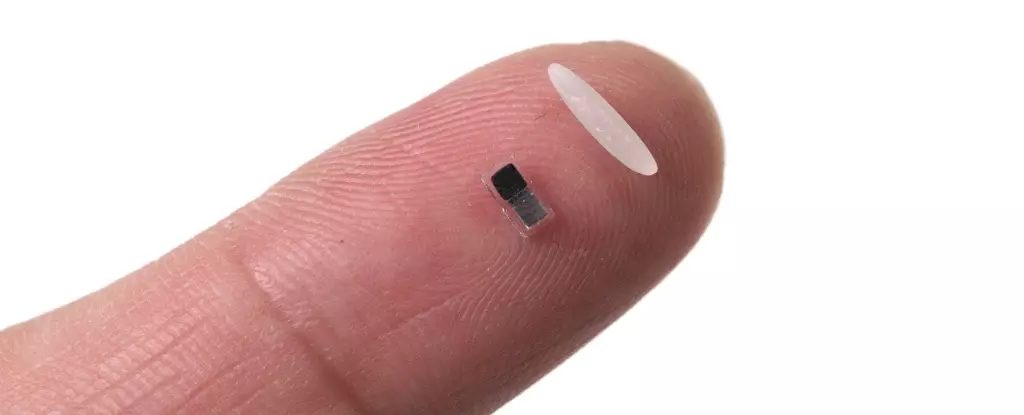The healthcare landscape is poised for a seismic shift with the advent of a groundbreaking invention: a wireless pacemaker smaller than a grain of rice. Developed by a coalition of dedicated scientists, this diminutive heart-regulating device promises an innovative solution to an age-old medical problem. This pacemaker is not just a miniaturization of existing technology but an embodiment of ingenuity, carefully crafted to dissolve safely within the body once its purpose has been served. Core to its design is a fusion of advanced biocompatibility and wireless functionality, which collectively heralds a transformative era in cardiac care.
For countless individuals—particularly children burdened with congenital heart defects—the challenges associated with temporary pacemaker implantation are daunting. Current solutions necessitate invasive surgical procedures to attach electrodes to heart tissue. The introduction of this new pacemaker could effectively alleviate these issues. By supporting patients in their recuperation and seamlessly integrating with the body’s natural processes, the tiny pacemaker could redefine postoperative outcomes, offering hope where previously there was hesitation.
Addressing Current Limitations in Heart Surgery
The implications of this pacemaker stretch far beyond mere convenience. They address critical shortcomings in the existing cardiac care continuum. Conventional temporary pacemakers tether patients to cumbersome external devices, fraught with risk. Unwieldy wires can provoke complications and add stress during a vulnerable recovery, as exemplified by Neil Armstrong’s tragic experience in 2012 following the removal of a conventional pacemaker. This innovative device eliminates those complications by utilizing a non-invasive approach that could fundamentally alter how we administer cardiac care.
If successful in human trials—a goal outlined by senior study author John Rogers—this wireless pacemaker could become a commonplace tool in operating rooms and recovery wards alike. Designed to function harmoniously with a specialized soft patch worn on the chest, this solution allows real-time monitoring and autonomous adjustments to the heart’s rhythm. The practicality of receiving feedback from the internal body and being directed by an external light stimulus underscores the ingenuity of this device. While we stand on the cusp of clinical testing, dispelling any apprehension about its efficacy in humans remains an urgent priority.
Technology Beyond Cardiology
One of the most profound aspects of this innovation lies in its potential applications beyond just heart health. The researchers have hinted at a broader horizon; the underlying technology and methodology employed in developing the pacemaker could lead to novel approaches in various medical domains. Bozhi Tian from the University of Chicago, who also researches light-activated pacemakers, anticipates that the principles harnessed in this project may pave the way for innovations in areas such as nerve regeneration and wound healing. As a society grappling with escalating health challenges, the promise of integrated smart implants tailored for specific medical conditions is tantalizing.
By venturing into exciting new territories, this technology signals a paradigm shift. Rather than simply creating tools for existing problems, the scientists involved are modeling solutions that could reshape our understanding of interconnected systems within the human body. This “bioelectronic medicine” could eventually evolve into an interdisciplinary field, combining cardiology, neuroscience, and tissue engineering.
The Path Ahead: Challenges and Hopes
As with any groundbreaking technology, the journey from the laboratory to practical application is fraught with challenges. Regulatory barriers, ethical considerations, and financial investments will require careful navigation before this pacemaker can reach the patients who need it most. Yet, the optimism surrounding its development is hard to ignore. With a timeline for human trials estimated at just two to three years, there exists a collective spirit of excitement to transform this scientific marvel into a life-saving reality.
In a world where heart disease remains the leading cause of mortality, innovation in cardiac care has never been more urgent. This tiny pacemaker, positioned at the forefront of medical technology, embodies not only the potential to enhance patient well-being but also the keen human spirit of discovery. As researchers embark on a journey toward clinical deployment, their work stands as a testament to what is possible when vision, technology, and humanity intersect.


Leave a Reply